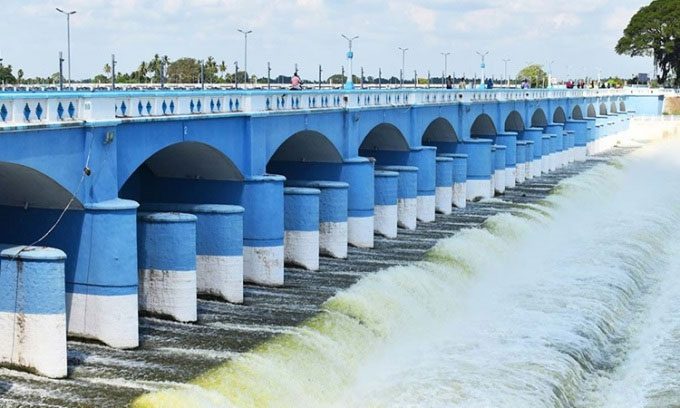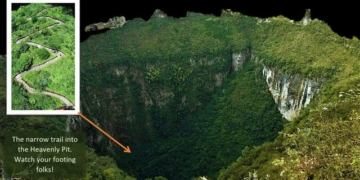The Kallanai Dam Plays a Crucial Role in Sustainable Water Management for Agriculture for Over 2,000 Years.

The Kallanai Dam in Tamil Nadu today. (Photo: Elamaran Elaaa).
The Kallanai Dam, also known as the Grand Anicut, is an engineering marvel located in southern India. Situated along the Kaveri River in Tamil Nadu, this structure stands as a testament to the skill of ancient engineers, dating back two millennia, according to Ancient Origins.
Commissioned by King Karikalan of the Chola dynasty around the 2nd century, the Kallanai Dam was built to harness the abundant waters of the Kaveri River for agricultural production. The name Kallanai derives from “alam and anai” in Tamil, meaning “stone” and “dam”. Not utilizing modern building materials like mortar, this iconic structure exemplifies the Chola’s ability to apply complex engineering techniques.
The primary purpose of the dam is to divert the Kaveri River’s flow into the fertile delta region, promoting an extensive irrigation network that transforms arid land into lush greenery. The meticulous planning and construction of the dam by the Cholas played a vital role in enhancing agricultural productivity, significantly contributing to the region’s thriving economy.
The Kallanai Dam stretches approximately 329 meters and is 20 meters wide. It consists of three distinct segments named Kudamuruti, Periyar, and Viranam, each designed to serve a specific function in water regulation. Notably, the absence of mortar in the construction means that the structure relies solely on the precision of interlocking stones to withstand the river’s forces.
Having withstood the ravages of time, the Kallanai Dam is not only a sustainable structure but has also evolved through centuries of maintenance and renovation by successive dynasties. Today, it remains an essential part of the region’s agriculture, ensuring a consistent water supply for crop cultivation. This is one of the oldest dams in the world still actively in use.




















































